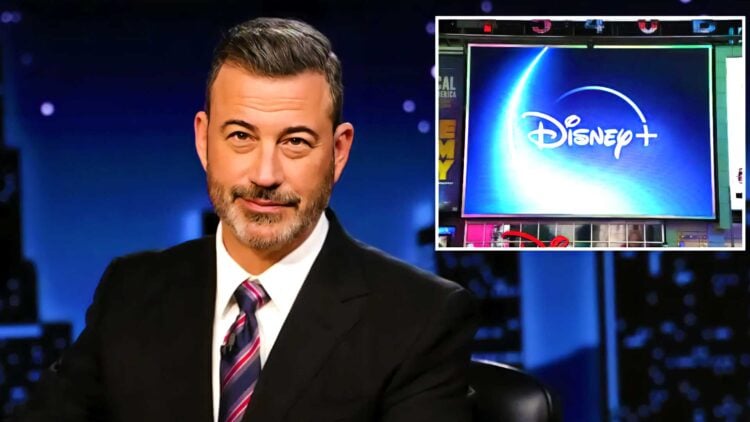When ABC benched Jimmy Kimmel after his Charlie Kirk comment, it wasn’t just late-night TV that felt the fallout. Disney+ and Hulu saw a subscriber exodus that analysts didn’t see coming — a digital walkout that made executives reach for the damage control playbook.
The Numbers That Made Disney Sweat
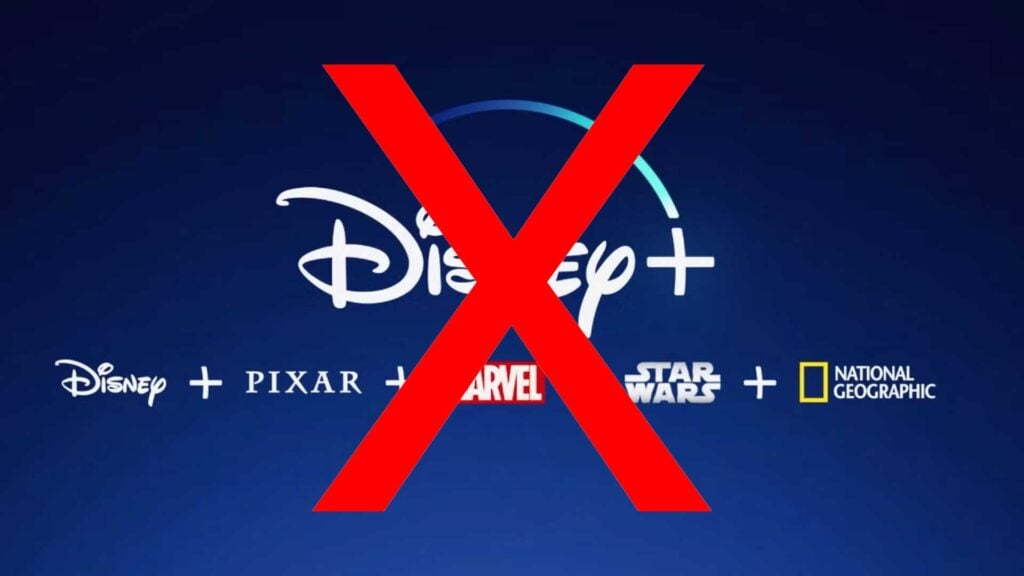
According to analytics firm Antenna, Disney+ cancellations doubled from 4% in August to 8% in September. Hulu wasn’t far behind, jumping from 5% to 10%. That’s millions of subscribers gone faster than you can say “commercial break.”
Streaming Math Nobody Wanted
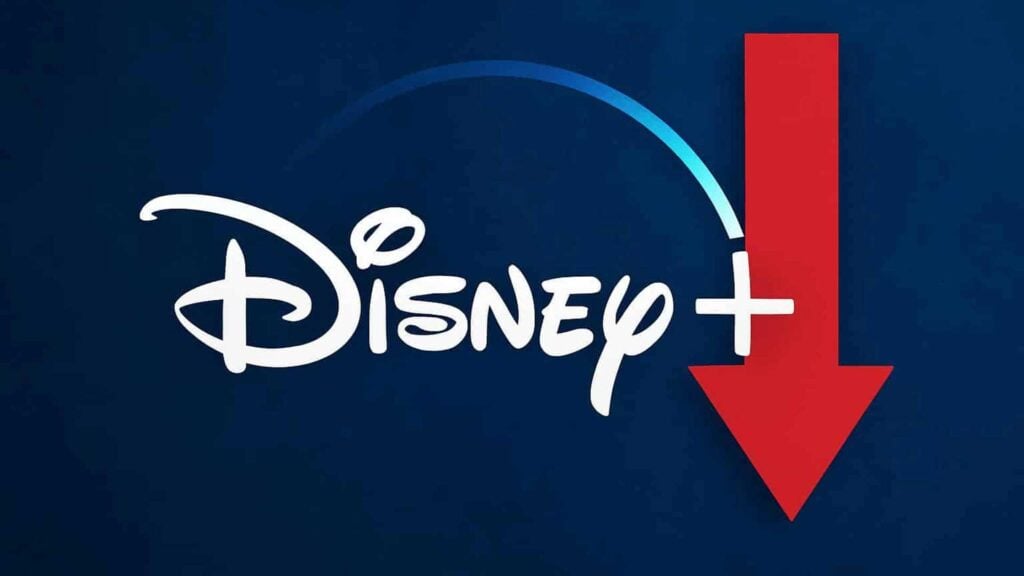
If you’re keeping score, that’s roughly three million Disney+ users and more than four million Hulu customers hitting “cancel.” For context, Netflix barely flinched, staying steady at a 2% churn rate. It’s almost like Netflix watched the drama unfold and whispered, “Not today.”
The Joke That Started It All
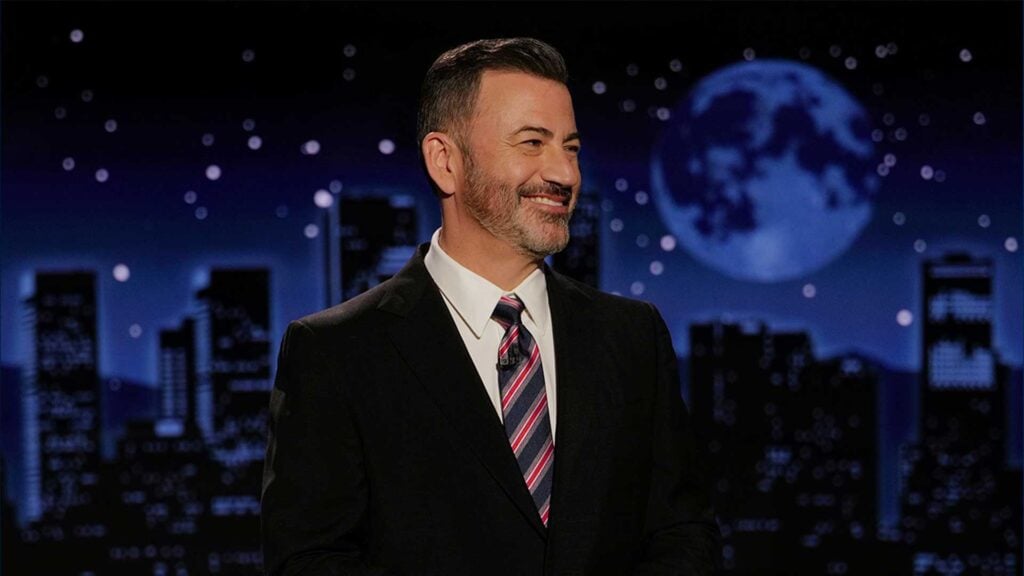
The suspension stemmed from Kimmel’s September 15 episode, where he made a joke about the suspect in the Charlie Kirk shooting being a MAGA supporter. The joke backfired, the internet erupted, and ABC responded with a timeout — a short one, but long enough to light up social media.
Social Media Went on the Attack
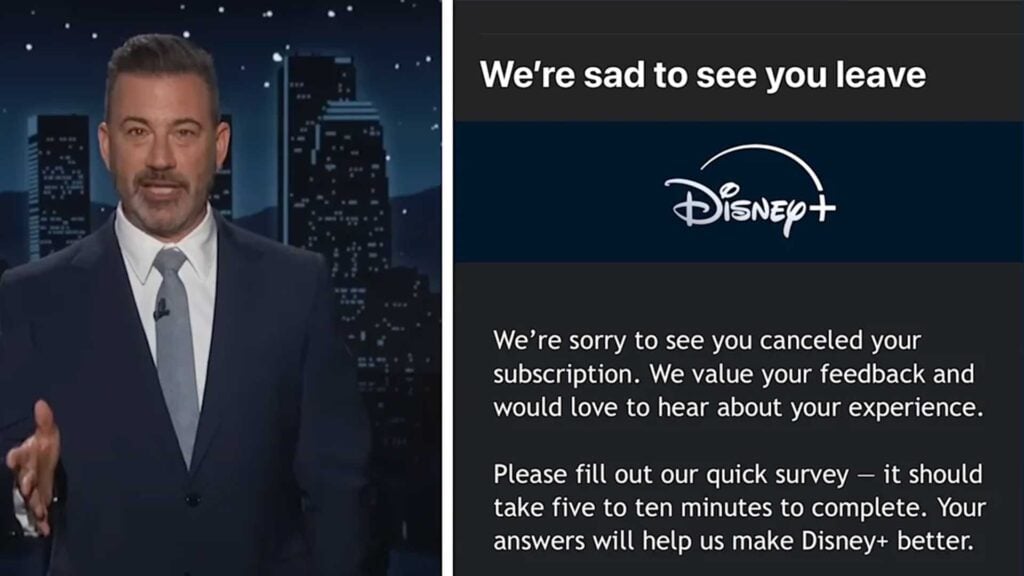
The backlash was immediate. Hashtags calling for boycotts spread faster than clips of Kimmel’s monologue. Disney found itself at the center of a digital protest where subscribers turned their remotes into torches and pitchforks.
Howard Stern Joined the Protest Party
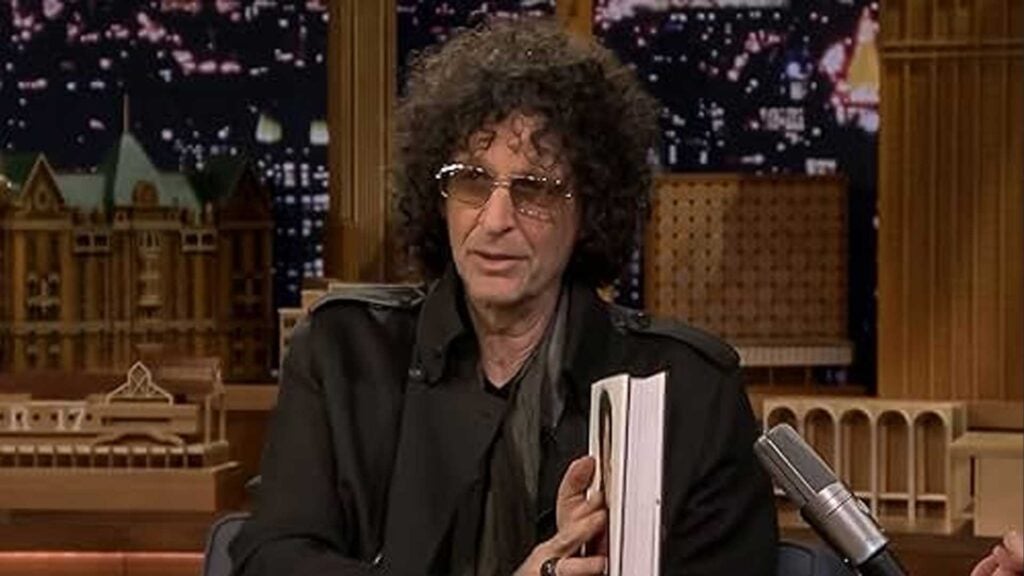
Even Howard Stern joined the protest, saying on his show, “I had canceled Disney+ in protest of the move by Disney.” When Stern starts canceling, you know things have hit a nerve in pop culture land.
Disney’s Damage Control Mode
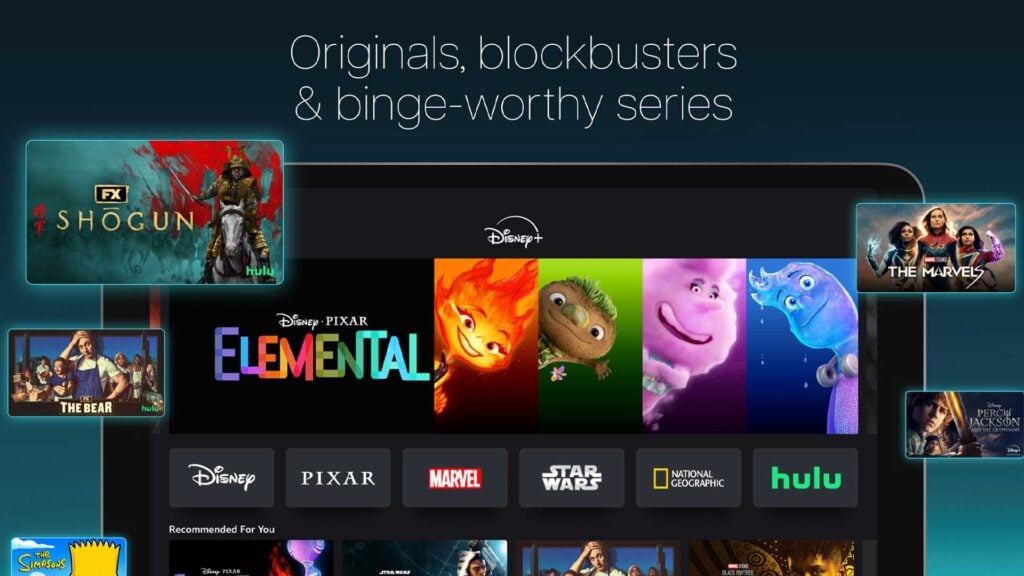
Inside Disney, execs weren’t exactly thrilled with the Antenna numbers. A company source claimed those churn rates looked inflated compared to Disney’s internal data. In other words, Antenna might’ve counted every angry click — even those who rejoined the following week.
The Quiet Return of the Outraged

And rejoin they did. A source told reporters, “People tend to be loud when dropping a service, but they often quietly return afterward.” Translation: outrage is noisy, but nostalgia for The Mandalorian is louder.
The Storm That Passed Quickly
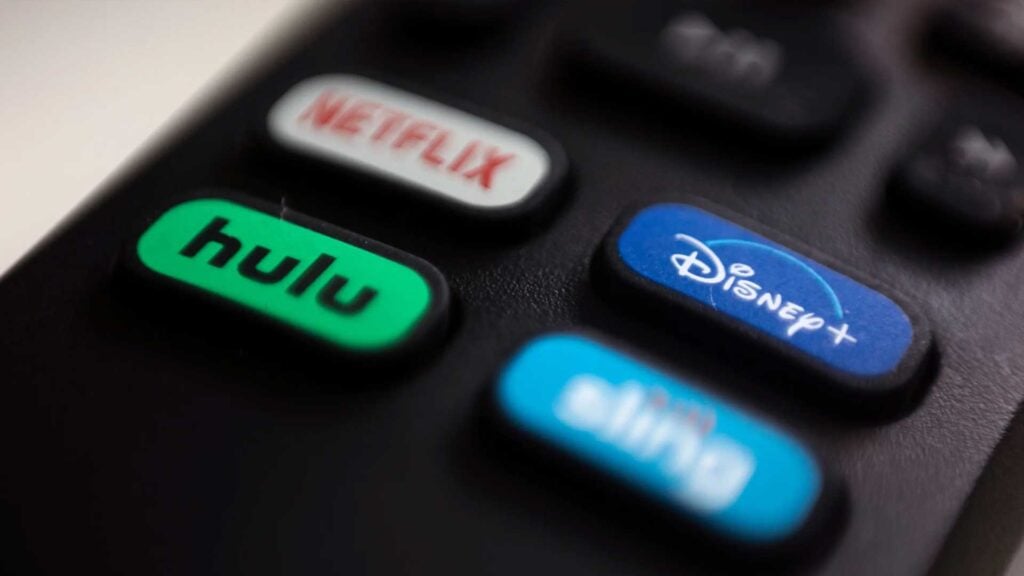
Disney+ and Hulu’s “cancel storm” settled as quickly as it began. By early October, churn rates were creeping back toward their normal averages. It was less a lasting boycott and more a collective timeout by angry subscribers.
Jimmy Kimmel Came Back Swinging
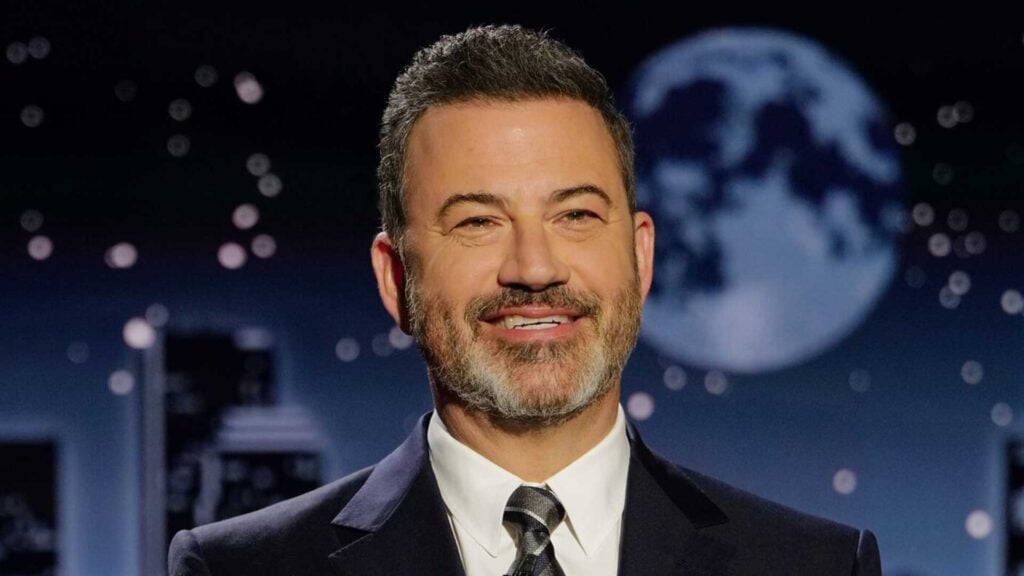
Ironically, when Kimmel returned to the air on September 23, ratings hit new highs. The very controversy that triggered cancellations boosted viewership. Late-night audiences can be fickle, but they sure love a comeback story.
Not Everyone Aired His Return
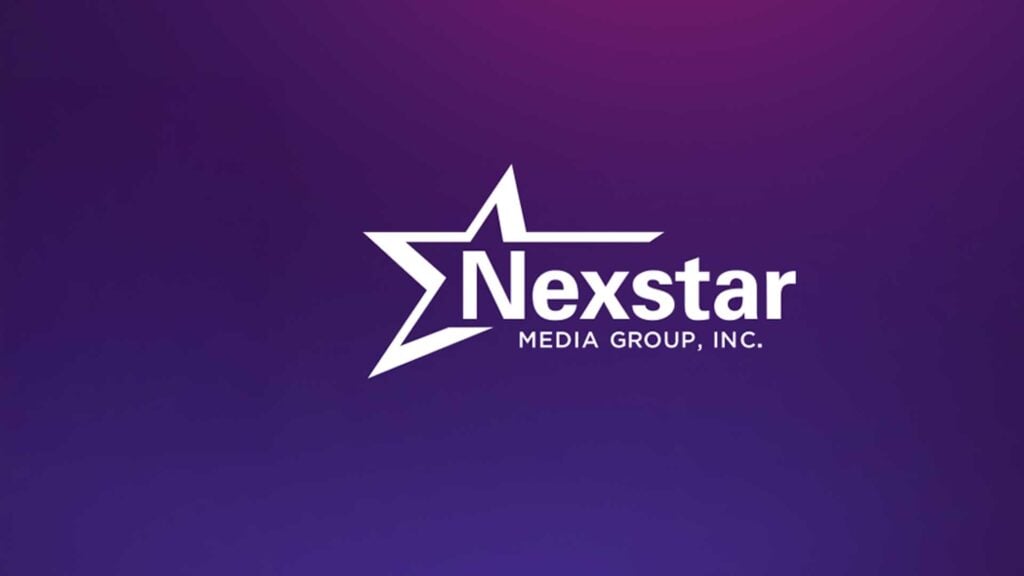
Behind the scenes, not every ABC station played nice. Nexstar Media and Sinclair Broadcasting Group, which control over 70 ABC affiliates, reportedly refused to air Jimmy Kimmel Live! even after his return. That’s a lot of blacked-out TV screens across America.
The Weird Spike in New Signups
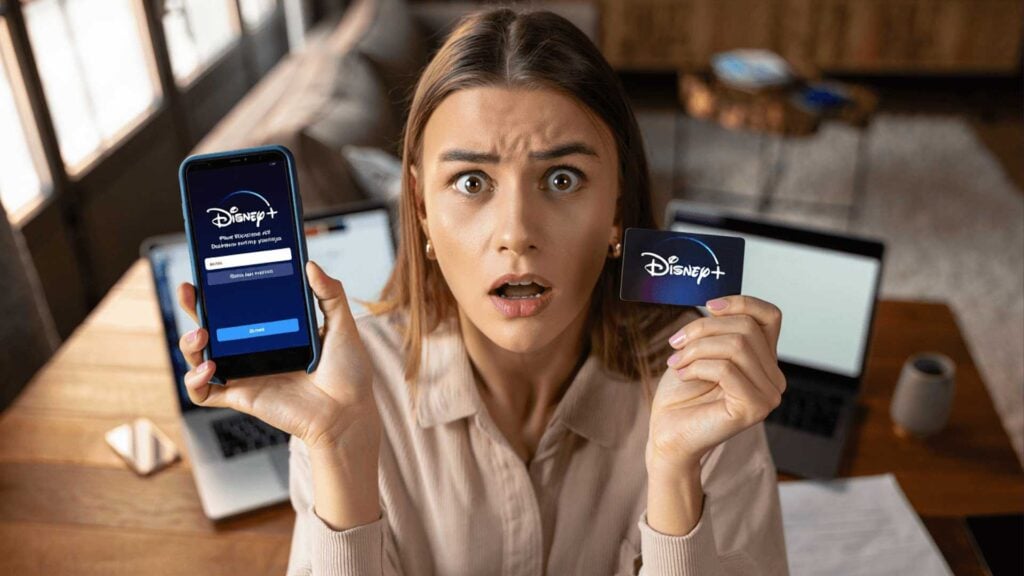
Meanwhile, Antenna’s data also found a strange twist — new signups. About 2.2 million Americans subscribed to Disney+ in September, up 10% from August. Hulu added another 2.1 million, up 5%. So, while millions left, millions more came in through the back door.
Disney’s Numbers Tell a Softer Story
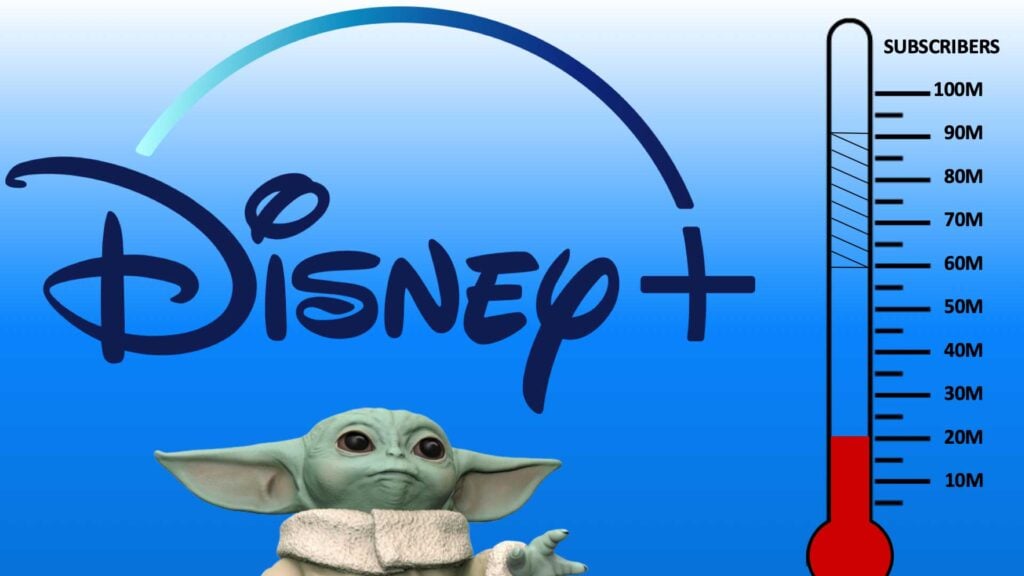
Disney’s internal numbers reportedly showed a smaller dip overall. One exec hinted that Antenna’s math might’ve mixed up cancellations with account upgrades or downgrades. Still, perception matters — and “millions cancel Disney+” makes a great headline, even if half of them came back.
Price Hikes at the Worst Possible Time
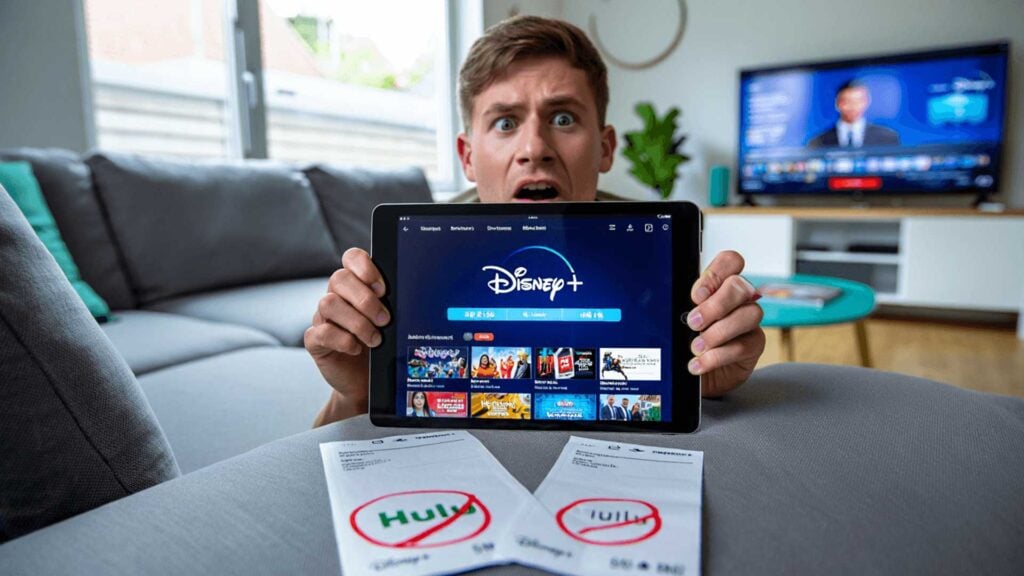
The controversy couldn’t have come at a worse time. Disney had just announced price hikes for both streaming services, set to roll out on October 21 for new subscribers. For existing users, the higher rates would show up on their next bill. Perfect timing, right?
Subscribers Hit Their Limit

Between the suspension, the backlash, and the price bump, some fans felt Disney was testing their patience. When one customer tweeted, “You raise prices and silence comedians? Cool, guess I’m out,” it summed up the mood pretty well.
A Corporate Headache No One Planned For
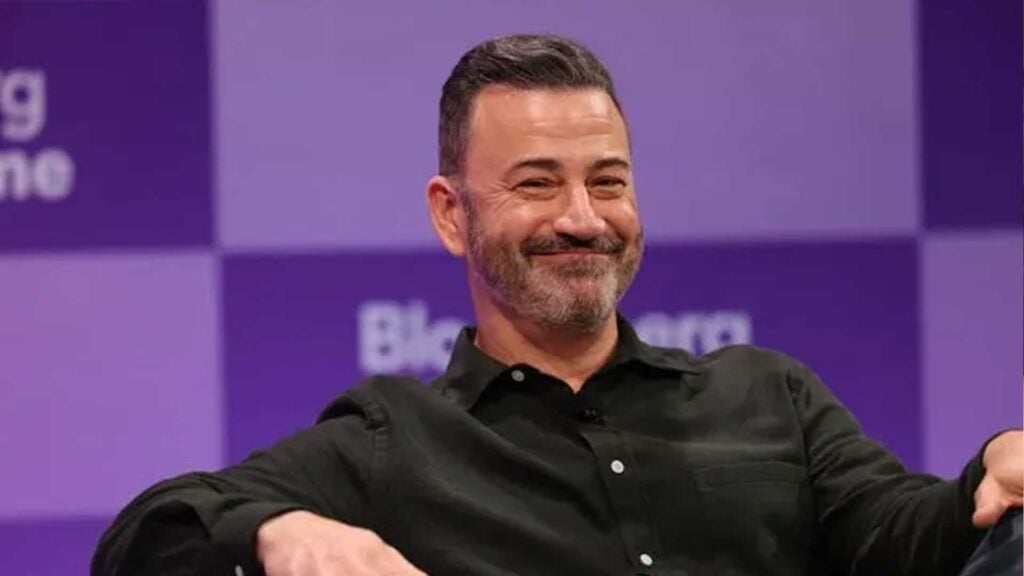
Kimmel’s suspension lasted less than a week, but its ripple effects stretched into Disney’s corporate offices. The company faced headlines that had nothing to do with Star Wars or Marvel — and everything to do with free speech, politics, and subscriber loyalty.
Disney’s Wallet Might Survive the Hit
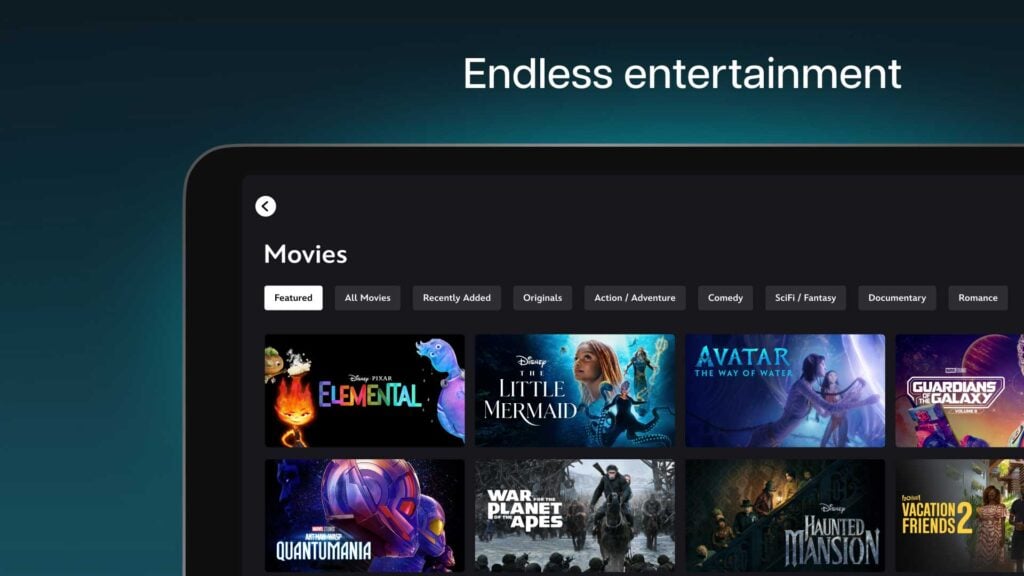
Even with the cancellations, the blow to Disney’s bottom line might not be as bad as it looks. Because of billing cycles, many of those lost subscribers wouldn’t show up in quarterly reports. Disney might dodge the worst of the numbers — at least temporarily.
The Mysterious End of Subscriber Counts
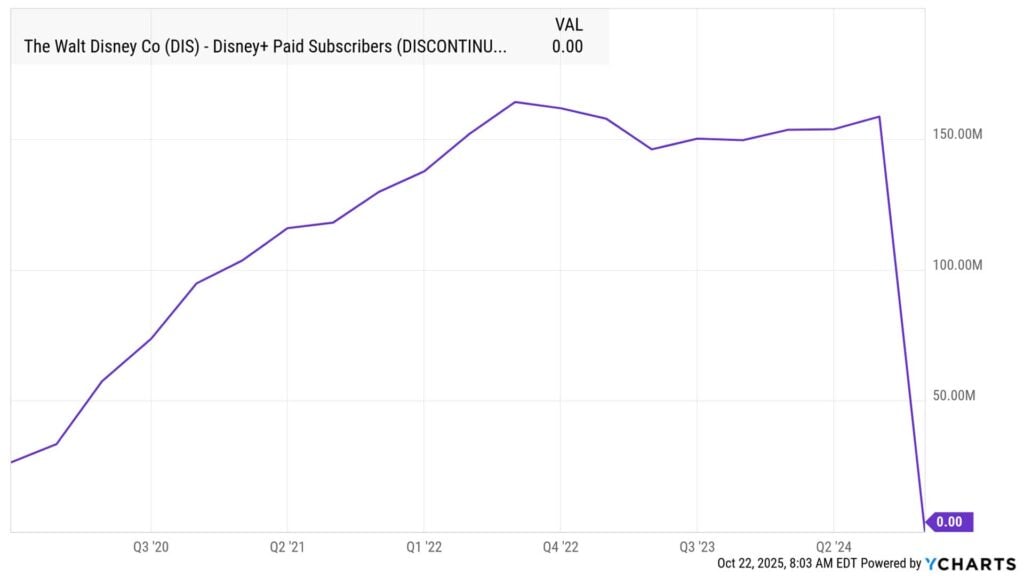
Still, Disney’s decision to stop reporting subscriber totals in future earnings calls raised eyebrows. Whether it’s about controlling the narrative or avoiding future PR messes, it’s a move that will keep investors guessing.
The Outrage That Became a Ratings Boost
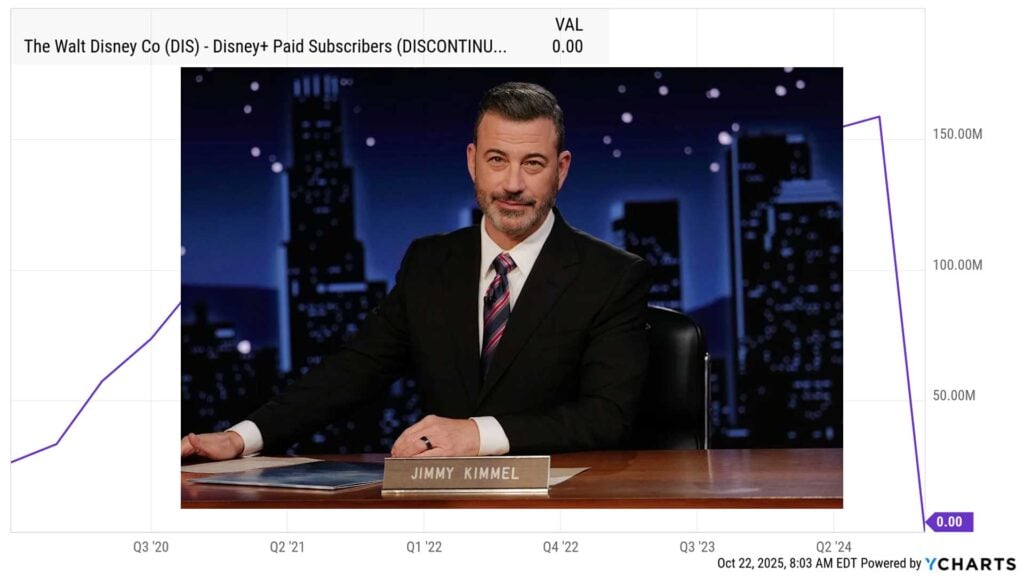
The irony is hard to miss: a suspension meant to calm things down instead turned into a data point in streaming history. Kimmel came back with higher ratings, Disney+ and Hulu regained footing, and America moved on — until the next online outrage finds a new target.
RELATED: The List Of Musicians Who Died in 2025 Just Keeps Growing

